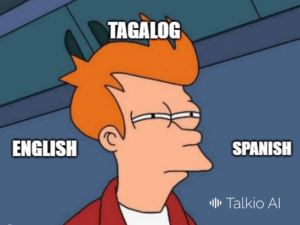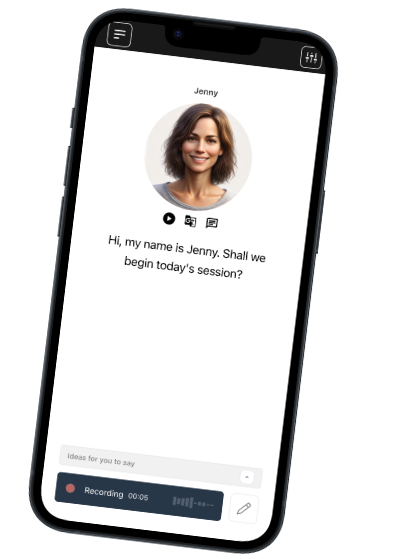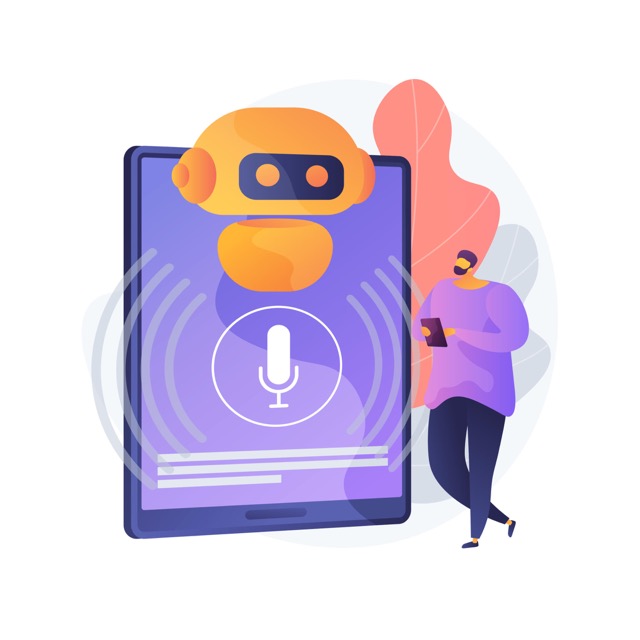Founded in Denmark. We respect your privacy.
Join a worldwide community of language learners
What Language Apps Get Wrong About Multilingual Learners
Last updated on
Every language learner brings a story. Some grew up balancing two tongues at home. Others picked up their second in school, and now they’re tackling a third with half-remembered grammar rules and a lot of improvisation.
But if most language apps had it their way, none of that would matter. Everyone starts from the same point, follows the same path, and somehow ends up fluent. Right? Not quite.
The reality is: multilingual learners don’t start from zero, they start from somewhere else. And that makes all the difference.
The Myth of the “Standard” Learners
A lot of apps still assume everyone learns in the same straight line. But learning your third language when you already speak two? That’s more like a web than a line. You’re comparing sentence structures in your head. Borrowing rhythms. Jumping between mental tabs. You’re not confused. Your brain just has more tabs open than most.
The trouble is, many tools ignore that. They assume the learner is a monolingual English speaker. If you’re not, the instructions might feel more like riddles than guidance. Even worse, many stick to a single “neutral” accent, often one that nobody in the real world actually uses.
There’s no such thing as neutral Spanish. The way someone speaks in Madrid is not how someone speaks in Buenos Aires or Bogotá. That variety isn’t noise, it’s context. And it matters.

Where Translation Trips You Up
Multilingual learners know the dance: hear a word, translate it in your head (probably twice), check the grammar, then maybe speak. It’s like trying to sprint while doing mental math. And while translation feels like a shortcut, it’s often a trap.
Some words look familiar across languages but mean wildly different things. Others come with tone, emotion, or cultural layers that translation can’t carry over. Apps that rely too much on direct translation treat language like a spreadsheet. But spoken language is more like jazz half structure, half instinct.
What actually works better? Patterns. Repetition. Real conversation. Hearing how a word feels in a sentence, not just how it’s defined. Multilingual learners pick this up quickly if they’re given something real to listen to.
What Learners Actually Need (That Most Apps Skip)
Even highly motivated learners can hit a wall when the tool they’re using isn’t built for how their brain works.
Here are a few things most apps overlook and what makes a difference:
- One accent fits all? Not helpful. Hearing multiple regional voices helps learners tune their ear.
- No dialect support? That’s like teaching someone to cook with only one spice.
- Generic pronunciation feedback? Doesn’t account for the influence of your first or second language.
- Rigid lessons? Forget that. Multilingual learners move differently, they already have a map in their head.
Translation-only learning? Leaves out rhythm, tone, and natural phrasing.
What Learning Should Feel Like
The best learning tools aren’t the ones packed with the most features, they’re the ones that understand where you’re coming from.
Learning should feel like you’re stepping into a conversation that sounds like the real world: pauses, regional quirks, accents and all. You should hear a phrase and think, “Oh, that’s how I’d say it in context.”
Feedback should notice your habits not punish them. If your native language affects how you pronounce “r,” you shouldn’t be told it’s wrong. You should be told how to shape it. Most of all, the process should fit you, not the other way around.
Takeaway
If someone’s already multilingual, their brain is doing more than just learning a new set of words, it’s weaving that language into an existing network of knowledge. That deserves a tool that’s just as flexible, layered, and responsive.
That’s where platforms like Talkio come in designed to meet learners where they already are. Not at “day one,” but somewhere far more interesting. Somewhere that treats your multilingual mind not as a challenge to fix, but as a strength to build on.
Because fluency isn’t about perfection. It’s about ease. Confidence. And being ready for the next conversation, not just the next lesson.
Talk Your Way
to Fluency

Talkio is the ultimate language training app that uses AI technology to help you improve your oral language skills!
Try Talkio


